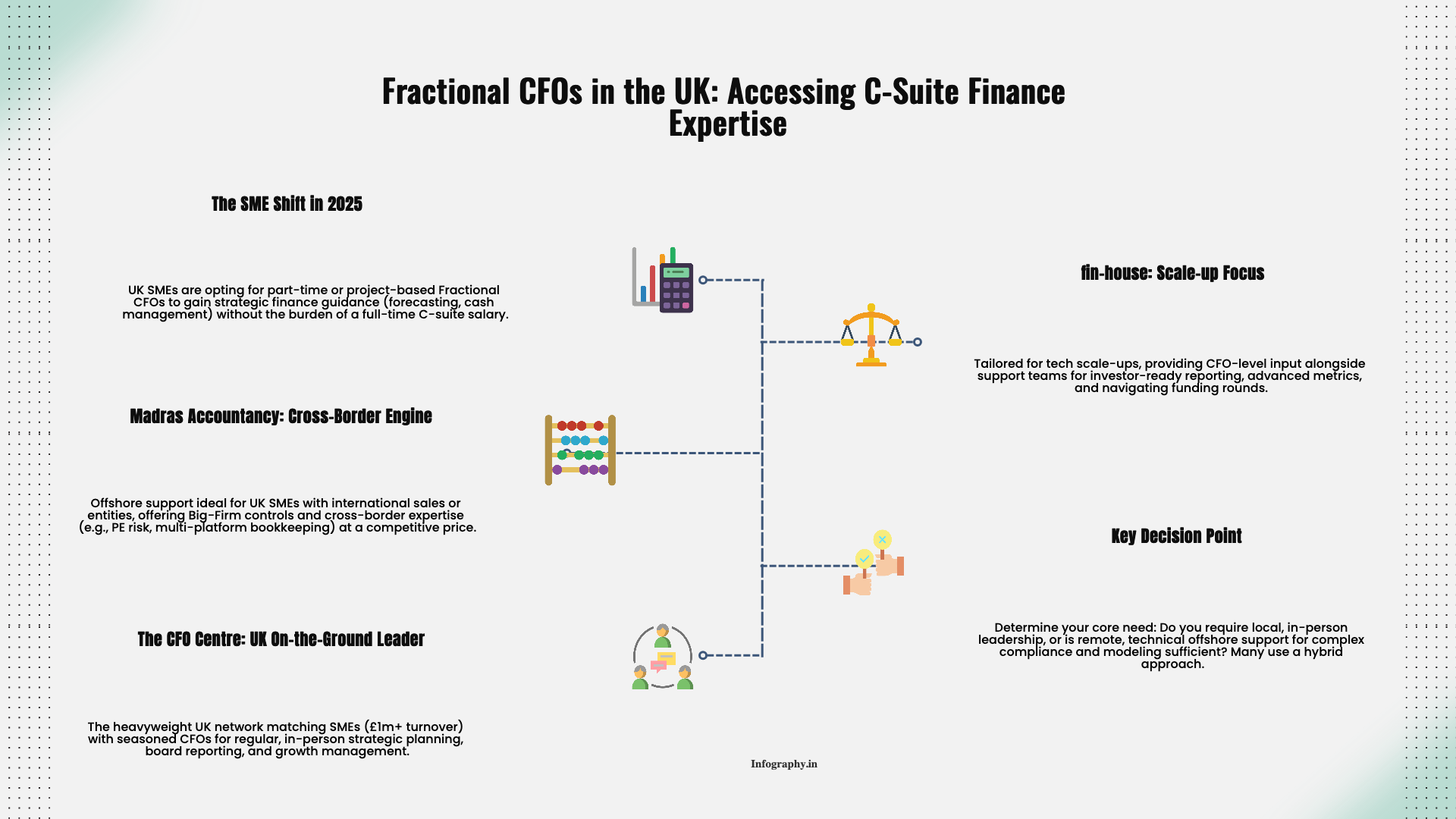For much of the past decade, real estate investors operated in an environment of unusually low borrowing costs. Cheap debt masked weak deals and made almost any property look workable with enough leverage. When interest rates rise, that cushioning effect disappears. The math that once felt easy becomes tight.
Higher rates do not end real estate investing, but they do change which strategies make sense. Investors who adapt their approach—rather than stepping to the sidelines entirely—can still find solid opportunities.
In a low-rate world, investors sometimes accepted thin cash flow or even negative cash flow in exchange for anticipated appreciation. When financing costs double, that trade-off becomes less comfortable. Deals that only worked at 3% interest often do not survive at 7% without adjustments.
In a high-rate environment, emphasis tends to shift toward:
Evaluating deals with more conservative assumptions on rent growth and exit capitalization rates helps avoid relying on best-case scenarios.
When bank financing becomes more expensive or difficult to obtain, seller financing can fill part of the gap. In these arrangements, the seller agrees to accept payments over time, effectively acting as the lender.
For buyers, this can mean:
For sellers, the trade-off is exchanging immediate proceeds for ongoing payments and some degree of credit risk. Clear documentation, appropriate security, and realistic terms are essential on both sides.
Some existing loans allow assumption, meaning a qualified buyer can step into the seller's mortgage at its current rate and terms. In a high-rate climate, taking over a 3–4% loan can be significantly more attractive than borrowing new money at 7–8%.
Where loans are not formally assumable, some investors explore "subject-to" structures, where title transfers while the original financing remains in place. These arrangements carry legal and practical risks, including due-on-sale clauses, and require careful legal guidance. They are not everyday tools, but they illustrate the broader point: creative deal structures become more relevant when straightforward borrowing is less favorable.
When cheap financing and compressing cap rates drove much of the return, investors could sometimes rely on the market to do the heavy lifting. In higher-rate periods, returns more often come from deliberate improvements.
Value-add strategies might include:
By increasing net operating income (NOI), you can create value that is less dependent on where interest rates or general market sentiment sit in a given year.
With more of your monthly payment going to interest, small surprises in expenses or vacancies can have a larger impact. It becomes important to ask not only "does this pencil today?" but also "what happens if conditions shift?"
Useful stress tests include:
If a deal only works under a narrow set of assumptions, it may be better to wait or adjust your criteria.
Higher interest rates often reduce the number of casual buyers in the market. Investors who used easy financing to chase appreciation alone may step back. That can create openings for those willing to do deeper analysis and bring operational skill to their acquisitions.
In other words, while high rates narrow some opportunities, they also thin out competition. For investors with patient capital and a focus on fundamentals, this can be a more favorable environment than years when nearly every asset attracted multiple over-asking offers.
Adapting to the new math requires more careful underwriting and, often, more creativity in deal structure. But it does not require abandoning real estate altogether. It requires being clearer about where risk and return really come from when debt is no longer inexpensive by default. For more on cash flow analysis and real estate investment metrics, see our guides.
.png)
December 9, 2025
A straight-talking overview of five small business tax prep options in 2025, including Madras Accountancy, TurboTax, H&R Block, TaxSlayer, and Bench’s books-plus-tax model.

December 9, 2025
An on-the-ground guide to the UK’s fractional CFO ecosystem – London and beyond – including The CFO Centre, fin-house, FD Capital, BKL, BSmart, and how Madras Accountancy fits into cross-border and hybrid models.